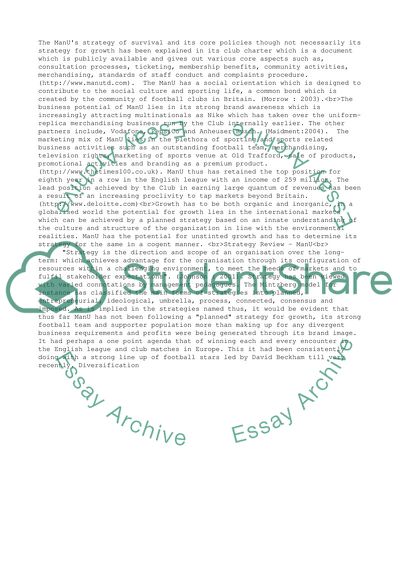Cite this document
(“Football Club Management Assignment Example | Topics and Well Written Essays - 3500 words”, n.d.)
Football Club Management Assignment Example | Topics and Well Written Essays - 3500 words. Retrieved from https://studentshare.org/business/1524126-football-club-management
Football Club Management Assignment Example | Topics and Well Written Essays - 3500 words. Retrieved from https://studentshare.org/business/1524126-football-club-management
(Football Club Management Assignment Example | Topics and Well Written Essays - 3500 Words)
Football Club Management Assignment Example | Topics and Well Written Essays - 3500 Words. https://studentshare.org/business/1524126-football-club-management.
Football Club Management Assignment Example | Topics and Well Written Essays - 3500 Words. https://studentshare.org/business/1524126-football-club-management.
“Football Club Management Assignment Example | Topics and Well Written Essays - 3500 Words”, n.d. https://studentshare.org/business/1524126-football-club-management.


